The introduction of electric cars has been quite the rollercoaster ride, hasn’t it?
Government grants aimed at reducing the price gap between electric and internal-combustion cars came and went, while showroom prices have generally remained disappointingly high. And three years into my own EV ownership, I wanted to find a cheaper way to keep doing it.
Let me say up front that this article isn’t an evangelistic sales pitch. EVs aren’t for everybody. But for daily driving, they are for me. We (that’s me and Mrs C) bought our first two in early 2021.
I think they’re fun to drive, with their seemingly bottomless pits of torque and low centres of gravity, and I like never having to visit filling stations any more (and no longer being at the mercy of the government and oil companies).
So read on to learn how I made going electric and staying electric work on a modest budget.
How much did it cost to buy an electric car?
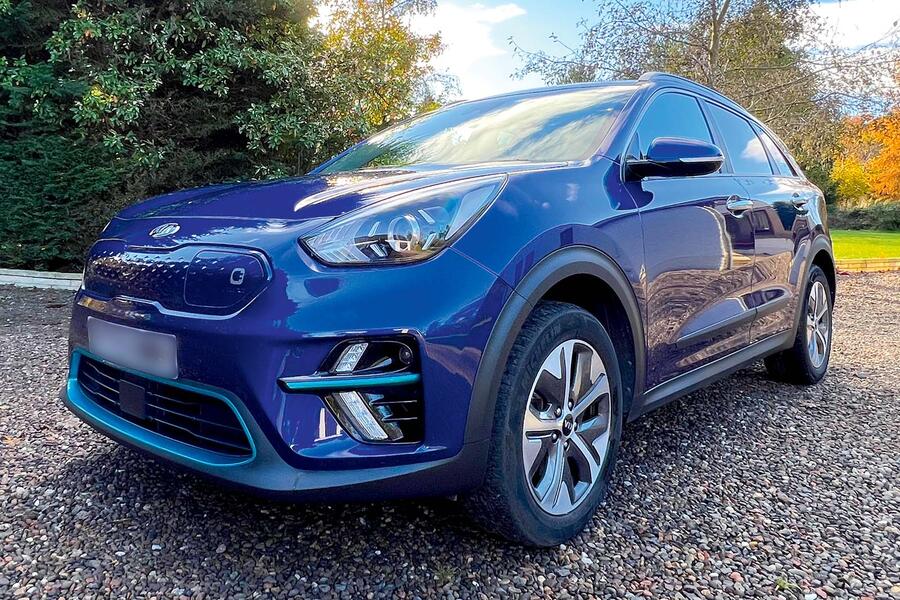
The government grant was still around in early 2021, and that, combined with the fact there were some good deals around, pretty much neutralised the ‘EV premium’ for me. The other deciding factor was that the affordable long-range EV had arrived in the shape of the Hyundai Kona Electric and Kia e-Niro 64kWh.
So I swapped our petrol and diesel cars for an e-Niro 3 and a Renault Zoe ZE50 R135 GT-Line Rapid Charge. Although the Zoe was intended mainly for local use, I wanted the option of doing long north-south runs from home in both cars, emulating the outgoing ICE cars.
The battery cost is reckoned to be as much as 40% of the cost of an EV, so that would be my first mistake in this brave new world.
Naturally, the most creative man maths was ready for deployment, but the numbers actually stacked up reasonably well for once, and the cost of ownership played a big part.
In the case of the Kia, I’d be shedding the significant fuel, road tax and insurance costs of my existing diesel (a 2012 BMW X5 xDrive40d M Sport) in exchange for a car that would better 4mpkWh, with cheap home charging and no road tax.
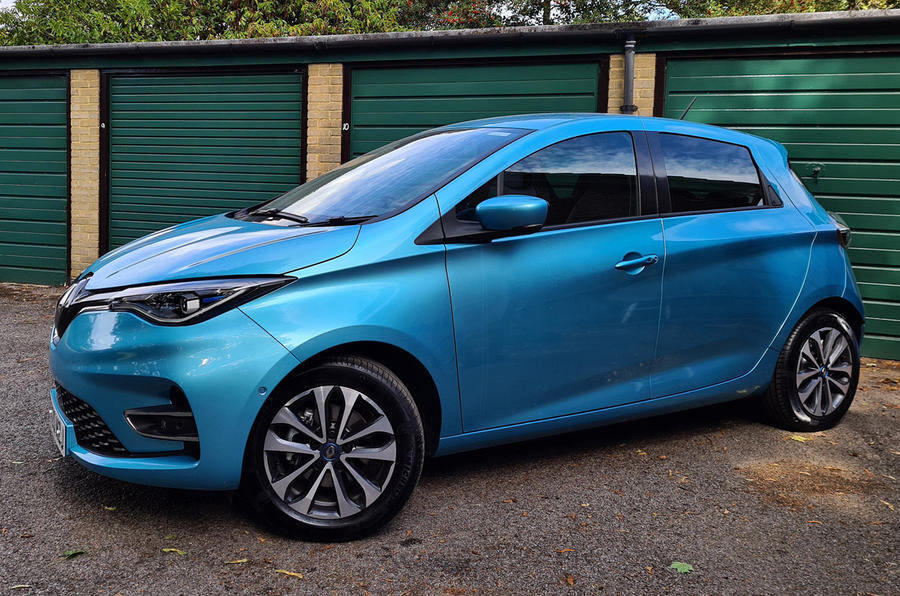


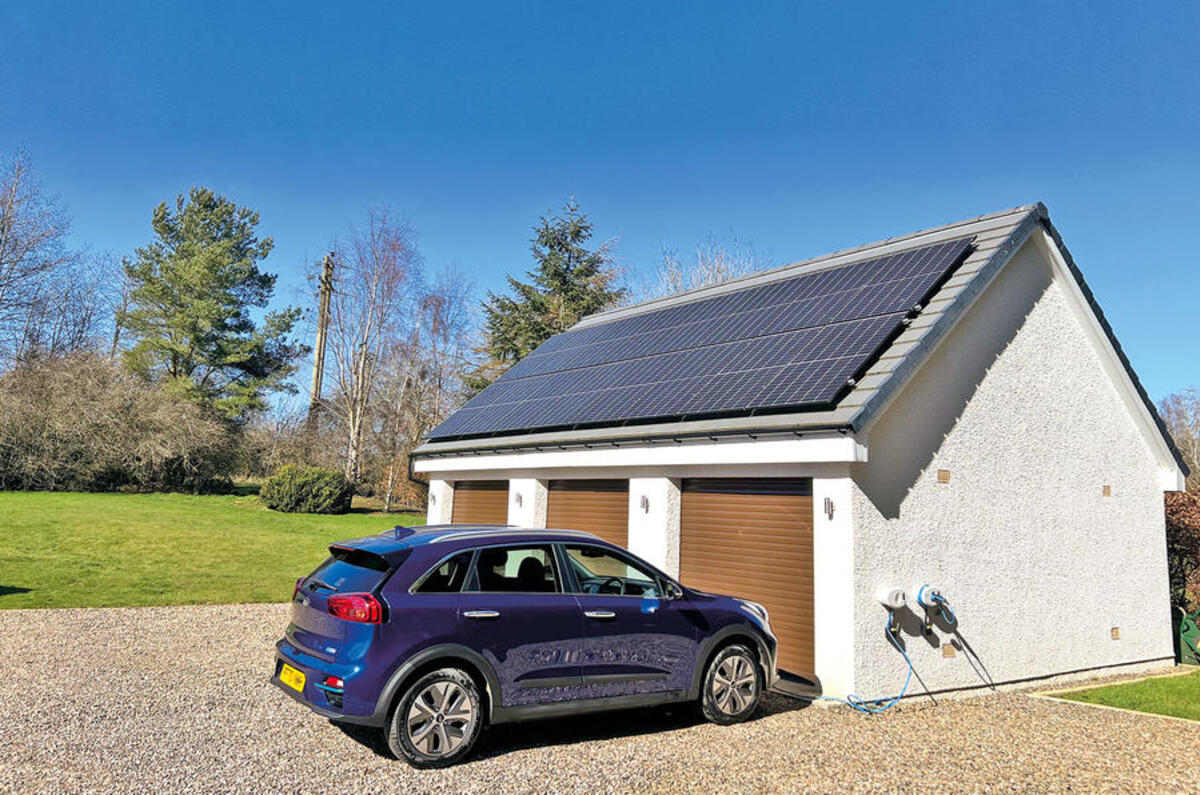

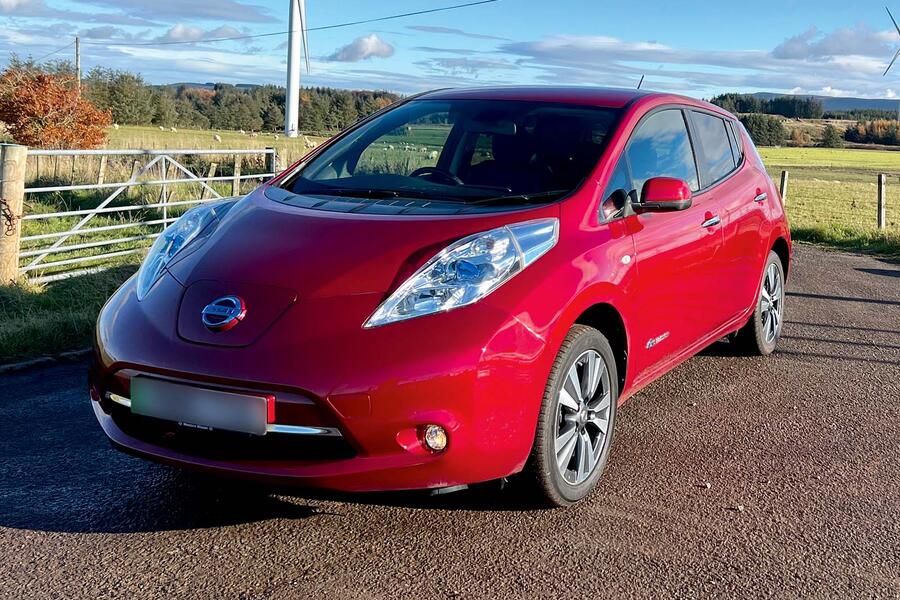
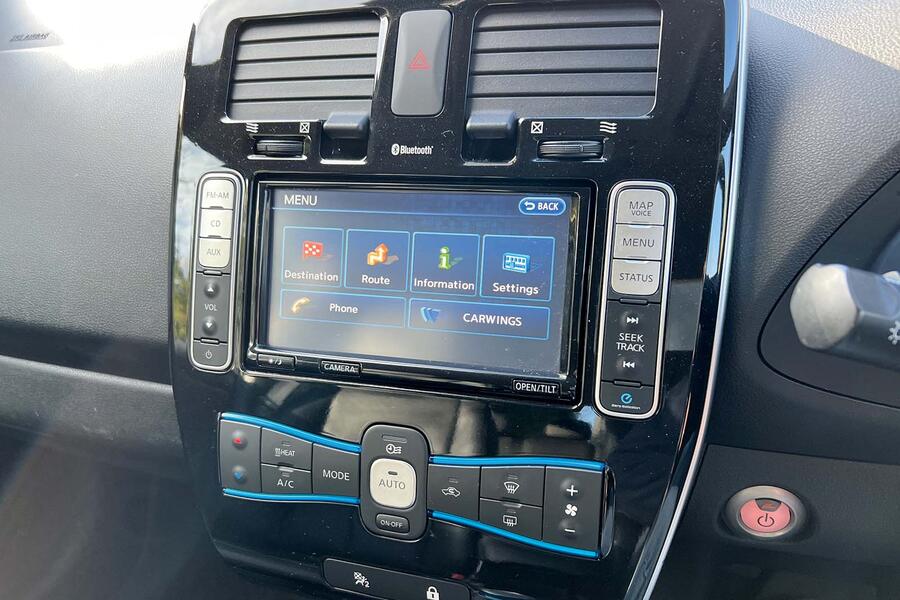
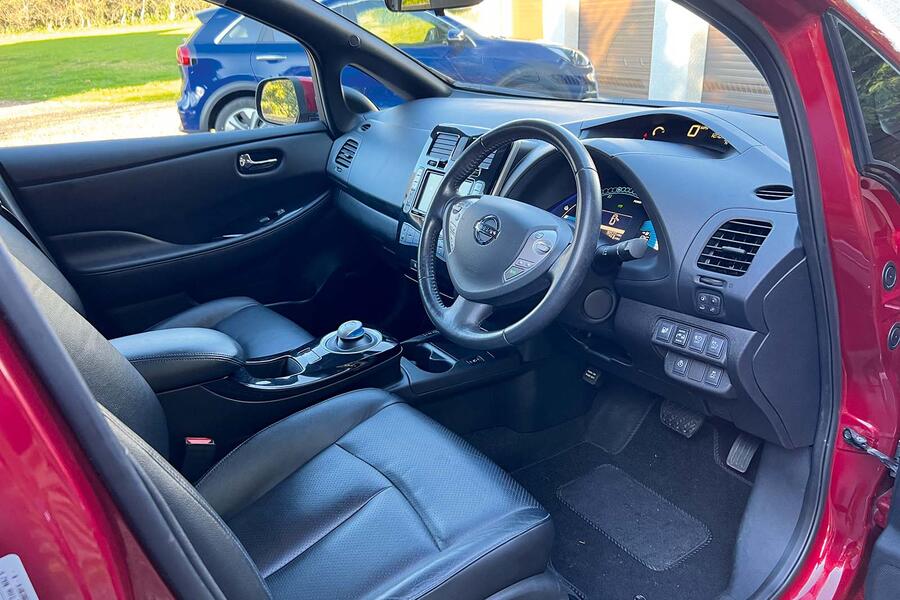
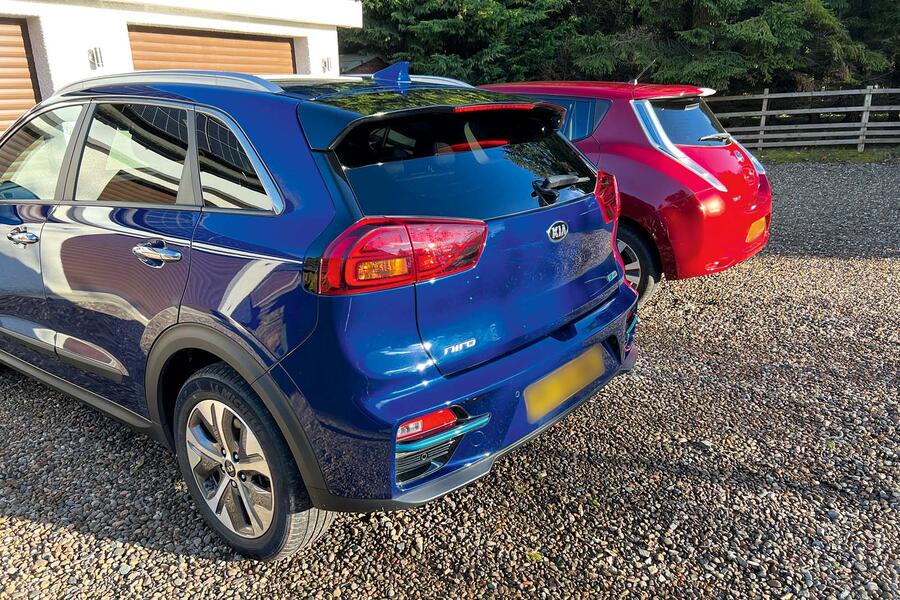
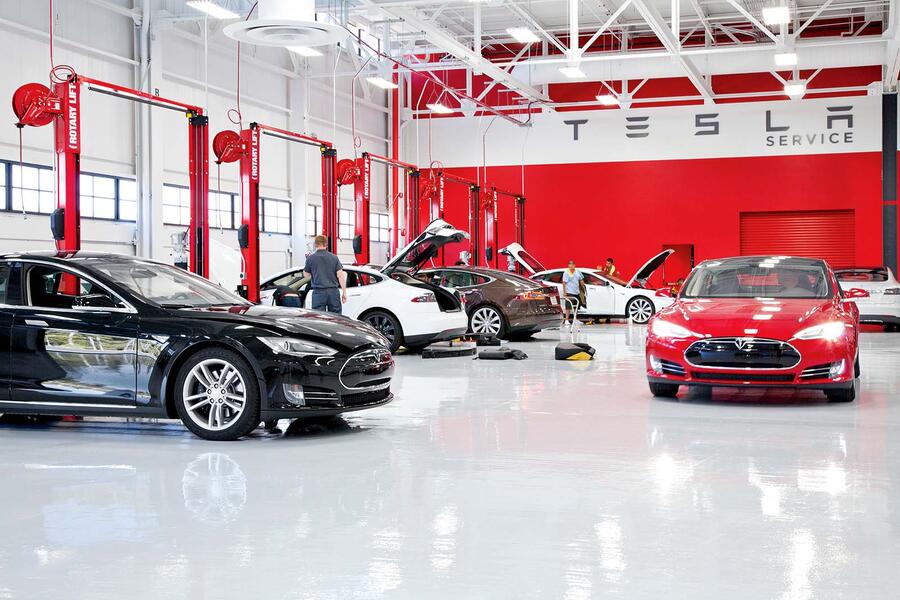


Join the debate
Add your comment
I replaced a Mazda 3 with a Mazda MX30, bought 18 months old for £17,500 before part exchange. 123 mile projected range includes motorway use & I use it almost entirely on local runs, 4,000 miles annually, indicates an average 148 mile range. I charge it at home (7kW charger) once every 10 days or so.
Takes a minute to plug in, leave overnight & it charges as programmed between 0.30am and 4.30am @ 7.5p/kWh. Takes another minute to unplug it.
Average energy usage over 16 months I have owned it is 3.85 miles per kWh = 1.95p/mile cost.
Clean, efficient and very low cost to run.
Top tips for buying a used electric car
Just buy a Tesla :-)
Remember that mobile phone you had in 2005 and how crap it was compared to the first iphone that launched just 2yrs later in 2007? Well buying an EV today is a similar situation, whatever EV you buy today will be utterly obsolete as a competitive proposition in say 4yrs. That is in contrast with ICE vehicles which are in a mature phase, and consequently the EV's of today will suffer massive depreciation compared to ICE equivalents. Caveat emptor!